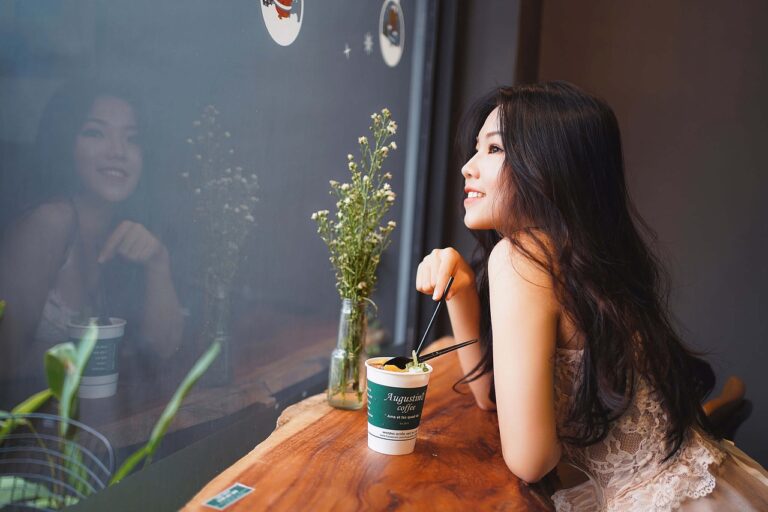Fashion and Culture: Exploring Global Fashion Traditions
Japanese traditional garments, also known as “wafuku,” have a long history and play a significant role in the country’s culture. Kimono is perhaps the most well-known traditional garment, characterized by its T-shaped silhouette and long, wide sleeves. Both men and women wear kimono on special occasions such as weddings, funerals, and coming-of-age ceremonies.
Another popular traditional garment in Japan is the yukata, a casual summer kimono made of lightweight cotton. Yukata are often worn during festivals, fireworks displays, and other summer events. They are usually adorned with colorful patterns and accessories such as obi sashes and wooden geta sandals.
Cultural Influences on African Fashion
African fashion is a vibrant tapestry woven with diverse cultural influences that celebrate the continent’s rich heritage and history. From the intricately woven Kente cloth of Ghana to the bold geometric patterns of the Ndebele tribe in South Africa, traditional African attire pays homage to centuries-old customs and rituals. Each design and motif incorporated into African fashion pieces tells a unique story of the wearer’s lineage, values, and social status.
Furthermore, African fashion continues to evolve and adapt to contemporary trends, incorporating a blend of traditional craftsmanship with modern aesthetics. Influences from global fashion capitals such as Paris, London, and New York have inspired African designers to fuse traditional fabrics and techniques with cutting-edge designs, creating a unique fusion of cultural heritage and contemporary style. This fusion not only showcases the artistic prowess of African artisans but also highlights the continent’s growing presence on the international fashion stage.
How have traditional garments in Japan influenced African fashion?
Traditional garments in Japan have influenced African fashion through the use of similar silhouettes, fabrics, and motifs. Designers in Africa often incorporate elements of Japanese kimono, yukata, and other traditional clothing into their designs, creating a unique fusion of both cultures.
How do cultural influences impact African fashion trends?
Cultural influences play a significant role in shaping African fashion trends. They can be seen in the choice of colors, patterns, and styles used in clothing, as well as the incorporation of traditional techniques and craftsmanship. These influences help to celebrate diversity and heritage within the African fashion industry.
Can you give examples of specific cultural influences on African fashion?
Some examples of cultural influences on African fashion include the use of bold, vibrant colors inspired by traditional African textiles, as well as the incorporation of intricate beadwork, embroidery, and other embellishments commonly found in various African cultures. Additionally, the influence of Western fashion trends and global pop culture also plays a role in shaping African fashion.
How do African designers navigate the balance between traditional and modern influences in their designs?
African designers often navigate the balance between traditional and modern influences by drawing inspiration from both sources and incorporating them into their designs in a harmonious way. They may combine traditional textile techniques with contemporary silhouettes, or reinterpret traditional garments in a modern context to create unique and innovative pieces that reflect both their cultural heritage and contemporary aesthetics.





